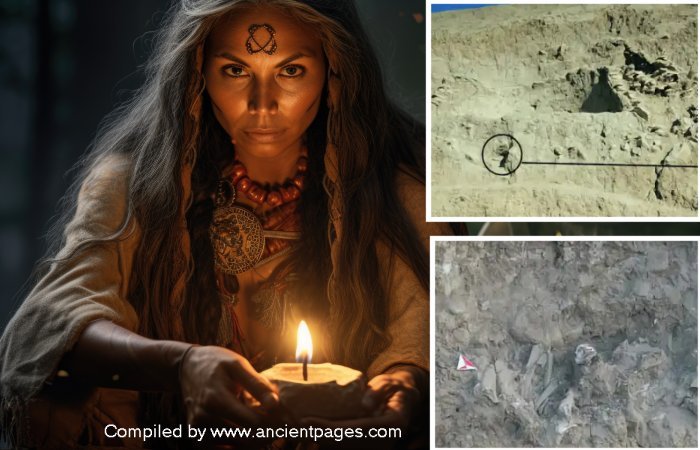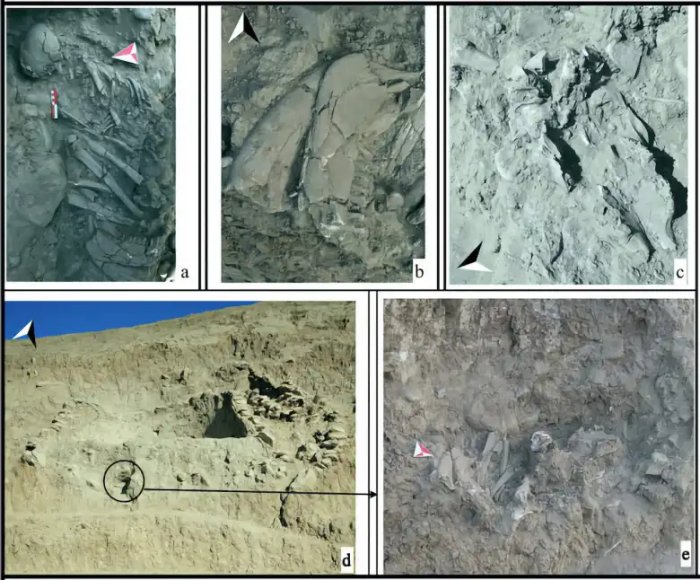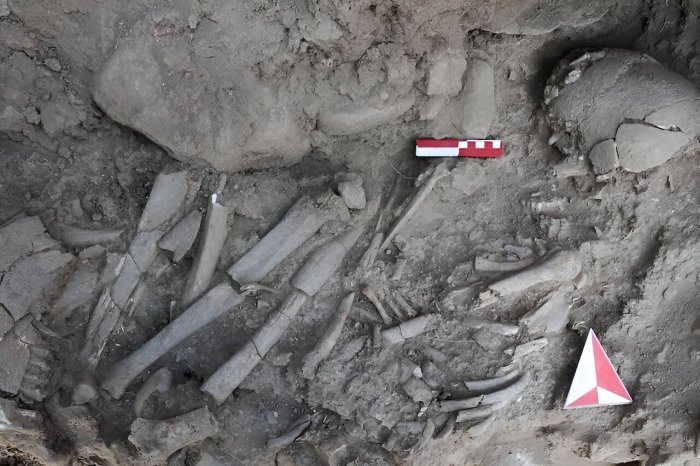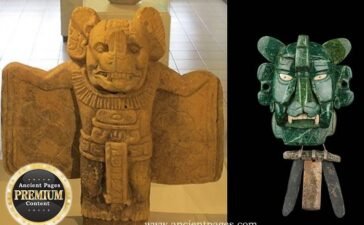Jan Bartek – AncientPages.com – The Neolithic site of Çemka Höyük, situated in the Upper Tigris Basin in Turkey, has yielded a significant archaeological discovery. Excavating at this location, archaeologists have unearthed a tomb dating back to the 10th millennium BC, containing the remains of a woman who may have held a position of spiritual importance in her community, possibly as a shaman.
A 12,000-year-old burial of a shaman has been discovered in Turkey. Credit: Adobe Stock – Alla
The burial, designated as ÇH 2019/05, contained animal bones surrounding the woman’s body. These include a cattle skull, bones from a small ruminant, a partridge bone, a canine bone, and a marten bone. This careful placement of animal remains suggests a complex relationship between humans and animals, potentially indicating shamanic or animistic practices prevalent during that era.
In their study published in the journal L’Anthropologie, the research team describes their examination of the woman and the animals buried around her, as well as her potential role in the pre-pottery Neolithic village where she lived.
The Neolithic burial location where the body of the shaman was found. Credit: Ergül Kodaş et al.
The Çemka Höyük tomb, one of Anatolia’s oldest, provides new insights into the Pre-Pottery Neolithic A (PPNA) funerary practices. Its uniqueness lies in the diverse animal remains of the woman, suggesting a distinctive ritual. This practice varies among PPNA sites, indicating differing cultural and spiritual customs. Some sites, like Körtik Tepe and Hasankeyf Höyük, feature painted skeletons, while others, such as Hallan Çemi, lack human remains, highlighting regional differences in burial practices.
The shaman’s burial contained a woman placed on her right side in a bent position. The grave also included various animal bones. Credit: Ergül Kodaş et al.
Upon examination of the burial site, the scientists concluded that the woman’s demise occurred approximately 12,000 years ago when the local population primarily engaged in hunter-gatherer activities while simultaneously establishing rudimentary settlements. The researchers estimate that the woman was between 25 and 30 years of age at the time of her death.
The burial occurred under the floor of a mud building. While burying people beneath homes was common in this period, this grave stood out due to its unusual variety of animal remains, rarely seen in other burials of the time.
Detail of the burial of the Neolithic shaman. Credit: Ergül Kodaş et al.
It is noteworthy that at the time of the woman’s death, the domestication of animals had not yet commenced; consequently, all the animals interred were of wild origin. Furthermore, the discovery of a substantial limestone block covering the woman’s body adds a layer of intrigue to the burial.
A meticulous analysis of the animal remains revealed their deliberate placement within the burial site. For instance, the skull of an aurochs was positioned directly above the woman’s body, with its mandible separated and placed at her feet. Additional faunal remains included partridge wing bones, marten leg bones, and various ovicaprid skeletal elements dispersed throughout the burial plot.
See also: More Archaeology News
Researchers suggest the unique inclusion of animal remains in this burial indicates the woman’s societal importance. She may have been a shaman, believed to communicate with spirits, particularly malevolent ones. In many cultures, shamans are thought to have strong connections with animals and their spirits.
The study was published in the journal L’Anthropologie
Written by Jan Bartek – AncientPages.com Staff Writer










